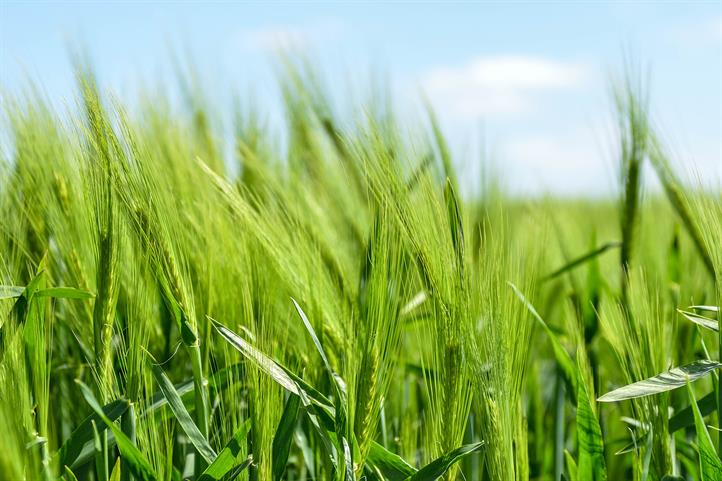The Leibniz Centre for Agricultural Landscape Research (ZALF), the start-up CybeleTech and the French National Institute for Agricultural Research (INRA) join farmers in the development of a software app for agriculture. The EU project “BARLEY IT”, launched on 1 October 2017, aims for helping farmers in determining the optimum amount of fertilizer for the final spring application, which farmers use to control the final quality of malting barley.
In Europe, barley is mainly used as animal feed. In Germany and France, however, a large proportion is grown specifically for the brewing process. Malting barley is more attractive for farmers as the prices on the market are higher. Nevertheless, there has been a sharp decline in the area under cultivation in recent years. One reason for this: For beer production, its protein content must arrive at a range between 9.5 and 11.5 percent. Farmers control barley protein contents through targeted fertilization. However, the amount of nitrogen used must be well tailored, otherwise the barley ends up as animal feed. This is becoming increasingly difficult in practice, as the proportion of carbon dioxide in the air is increasing as a result of climate change. This leads to lower protein contents in the cereal grains, which in turn has a negative effect on the baking quality of bread or foam formation in beers.
This is where the EU project “BARLEY IT” comes into play, in which ZALF, the French start-up company CybeleTech, INRA and other practice partners have joined forces. The project is part of the Climate-KIC initiative, Europe's largest public-private network for innovation against climate change. The common goal is to determine the optimal amount of the last nitrogen application before harvesting the malting barley. To this end, the analysis results of modeling and remote sensing data are to be bundled in a software app.
A new generation of satellites - the so-called sentinels - will provide some of the required data. With their help, the current chlorophyll content of the plants, the green leaf pigment, can be determined. “On the satellite photos, we can see in which supply spectrum the plant is located and adjust this through the controlled application of nitrogen”, says Dr. Claas Nendel, specialist for agricultural growth simulations at ZALF.“ If the plant is dark green, the nitrogen content is too high; if the plant is yellowish, it is too low.” While the barley grows on the experimental fields, Dr. Nendel’s team simulates its growth on the computer – and feeds the simulation with observation results from satellite data. In this way, the influence of the amount of fertilizer in the final spring application on the malting quality can be calculated in advance, determining the most favorable recommendation for the desired protein content of the barley. The next step is to make the results available on mobile devices, for example directly on the farmer's tablet.
To do this, however, the research project must first prove that the analysis approach with the combination of remote sensing and modelling works. Over the next two years, experiments will be carried out on the practice sites of the French cooperatives involved in the project
Press Release as PDF
Project partners:
Funded by:
Pictures
For downloading the pictures please click on a picture and use the
 icon.
icon.

The researchers use greenness to determine the nitrogen content. | Quelle: © CCO Creative Commons
